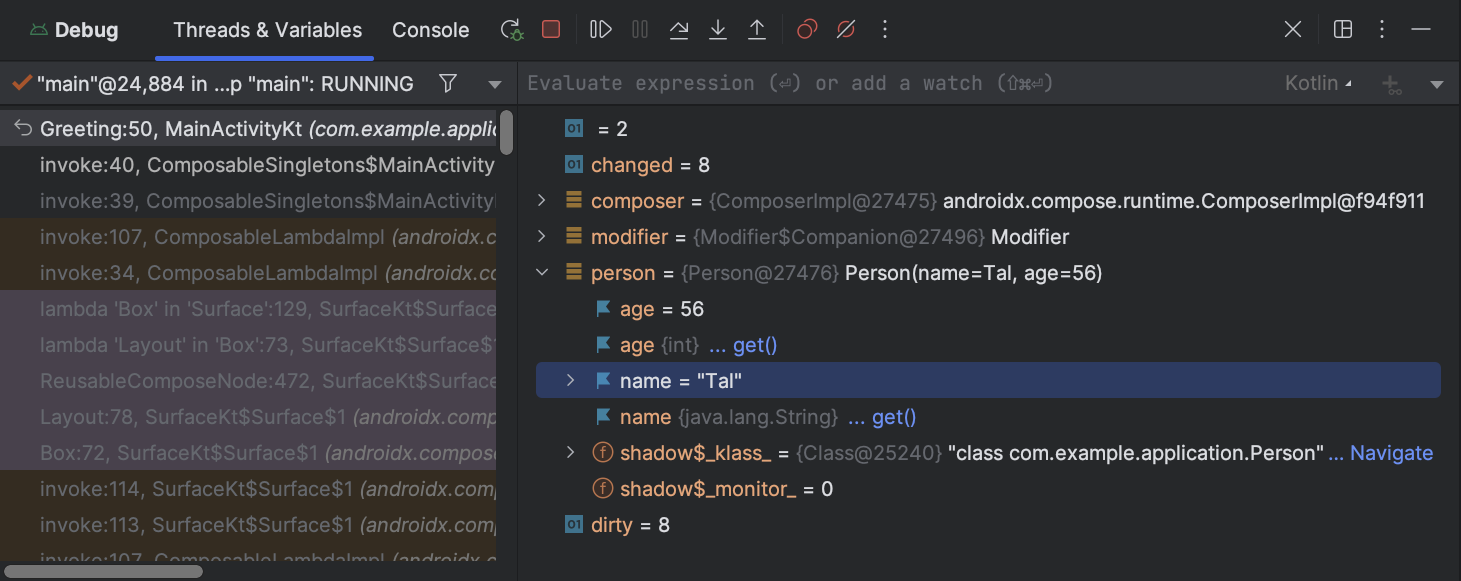


You will be presented with the above dialog, where you can untick Suspend and specify whether you want to have the IDE automatically print out some predefined information, or the result of an expression you provide.įor example, I can replace one of the last couple of logs with this non-suspending breakpoint: Then, you can edit the breakpoint by either right-clicking it, or by using the Cmd-Shift-F8 shortcut. How do you create a non-suspending breakpoint? You first create a normal breakpoint, either by clicking in the editor gutter, or by using the Cmd-F8 shortcut.

IntelliJ IDEA and Android Studio allow you to create non-suspending breakpoints: What if there was a way to have debug-only logging without adding any code? Now you have potentially expensive and useless ifs scattered around as well. The situation is even more complicated when our logging statements require some conditional checks before being performed. Like comments, logging statements can easily get out of sync with the surrounding code, becoming useless at best, or misleading as worst. It’s good practice not to leave debug logging statements behind after you’re done debugging, even if you use ProGuard to strip them out, since they have a detrimental impact on the Signal-to-Noise ratio of your codebase. That works, but it happens that we forget to remove the logs before committing, and they either get flagged in the code review, or they’re still there when we release. When debugging apps, we sometimes start putting logging statements all over the code to figure out what’s going on: A purely fictional example of debug logging Cover image: “Stunning light and contrast in the Dolomites” by Edoardo Brotto - on flickr


 0 kommentar(er)
0 kommentar(er)
